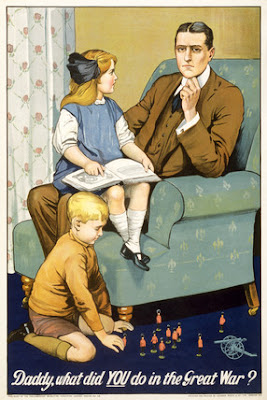 PRE-SCHOOL MAGAZINES
PRE-SCHOOL MAGAZINESSince I began charting the circulations of children's comics here on Bear Alley, BBC Worldwide have always managed to top the pre-school charts, with Toybox in 2007 and In the Night Garden in 2007-08. Although both titles got off to a very good start—ten years ago, Toybox sold over 200,000 copies per issue—both titles have had a disastrous year. The new figures for July to December 2008 show that In the Night Garden shed 26,286, a fall of 25% of its circulation since the previous half-year figures, and a total of 30% year-on-year (y/y). The first drop I put down to the initial sales settling, but this latest fall seems purely down to the comic itself. The TV show the comic is based on was returned to the popular "Bedtime Hour" slot in August 2008 and one might have expected a rise in circulation given its prominence in the schedule (CBeebies highest viewing figures are from 5.30-7.00pm). However, with only 80 shows to offer perhaps boredom has set in with the target audience—the show did not manage a single entry in the Top 10 viewing figures for the channel in the week a series of 20 new episodes began broadcasting.
Toybox has also suffered a further massive fall in sales, down by 24,861—a third of its circulation—adding to the woes of the previous half-yearly figures, combining to make a 41.4% y/y loss of sales. Another BBC Worldwide title, Bob the Builder, also saw losses of 13,918 sales, a quarter of its circulation. A fourth title, Balamory, would appear to be on its last legs, shedding a fifth of its circulation (6,000 copies), a total loss of 37.6% of sales y/y. Teletubbies lost a quarter of its circulation and is down 31% y/y. Tweenies, which was selling 60,000 five years ago and 180,000 a few years before that, was cancelled.
Two other sharp declines, CBeebies Animals (down 17,094) and Lazy Town (down 12,294) may be put down to the figures settling as both titles were launched within the past 18 months. Egmont's Noddy Magazine could be for the chop if sales continue to decline, down by a quarter this half-year and 39% y/y.
A couple of titles have bucked the trend: Egmont's Disney and Me and Disney Fairies both made gains, the former up nearly 10,000 copies per issue and the latter regaining most of the ground it lost in the last half-yearly figures—perhaps benefiting from Disney's strong promotion of Tinkerbell as a brand.
 COMICS / MAGAZINES
COMICS / MAGAZINESThe good news for Disney continues thanks to Disney High School Musical magazine, now outselling its nearest rival in this section by 36,000 and, rather than settling down has actually settled up by a few percent. The release of the third HSM movie probably helped.
The credit crunch seems not to have hit this section of the market too badly, although sales are following the general downward trend with most titles shedding a few thousand copies per issue. We may see some rather more dramatic downturns in August when the figures for the first half for 2009 appear.
However, some titles may not make it that far before cancellation. Both Transformers Comic (Titan) and Amy Magazine (BBC Worldwide) have had dramatic losses, of 14,116 and 10,013 respectively. Transformers is down 45.4% y/y and Amy is down 33.6% y/y. Other poor performers in 2008 included Bratz (down 27.8% y/y), Scooby Doo (down 24.9% y/y) and Spongebob Squarepants (down 23.2% y/y).
The biggest loss of all has been suffered by Doctor Who Adventures, which shed 11,586, bringing the yearly total losses to 72,784 per issue, a drop of 47% y/y. The sales are still in the region of 82,000, so it's unlikely that the magazine will be folding any time soon, but the irregular appearance of its parent TV show (only four specials will be broadcast this year, followed by a new series in 2010) can't be helping matters.
Good news for The Dandy: after years of falling sales, it managed to add around 3,000 per issue this past six months. That's still down from this time last year, but vital if Dandy is to survive to see its 75th birthday in 2012. Not such good news for BeanoMax which is down 19.4% y/y.
The Chart
Please note that the chart only covers titles where circulation figures are available and there are a number of comics and children's magazines on the newsagents shelves which do not make the list. Panini UK, for instance, publish 21 children's titles of which only a handful have audited circulations.
 (* Fun to Learn—Friends © Redan; High School Musical The Official Magazine © Panini UK.)
(* Fun to Learn—Friends © Redan; High School Musical The Official Magazine © Panini UK.)










































